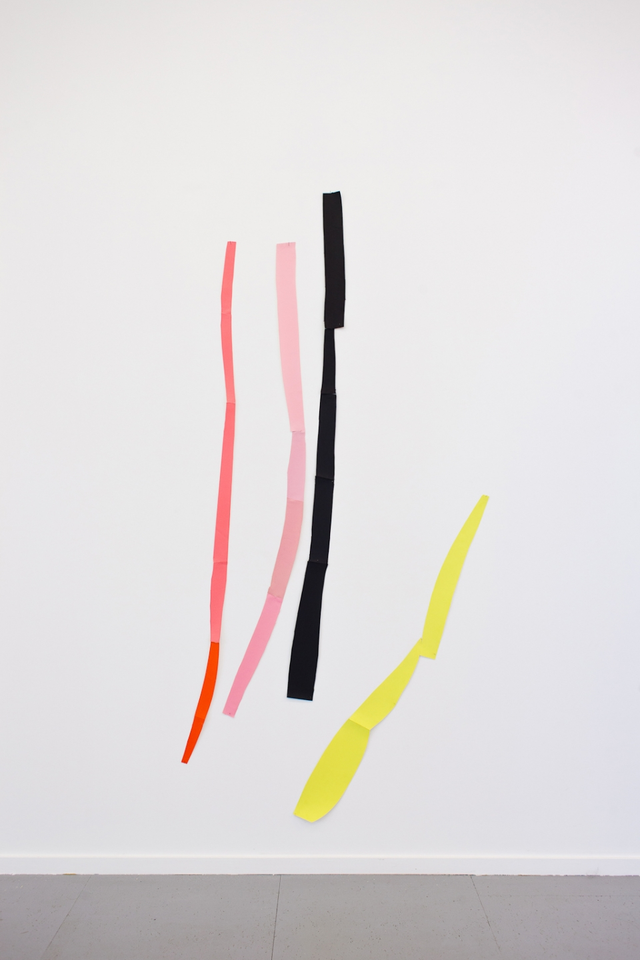Guy Mees
Guy Mees was a prominent artist and a central figure of the Belgian postwar avant-garde, known for his radical and poetic exploration of space, form, and material in his artwork.
Biography of the Guy Mees
Guy Mees was born in 1935 in Mechelen, Belgium. He first gained recognition as a member of the Nieuwe Vlaamse School (New Flemish School), which emerged in Antwerp in 1960. This group had significant interactions with artists affiliated with the international ZERO network and organized various group exhibitions across Europe during its short existence.
In this period, between 1960 and 1967, Mees developed his breakthrough series titled "Verloren Ruimte" ("Lost Space"). This series featured wall-mounted monochromatic panels and freestanding neon objects, both covered with lace.
Around 1970, Mees ventured into experimenting with performance art and Super 8 film. In the subsequent decades (the 1970s, 1980s, and 1990s), he predominantly focused on working with or on paper. Notably, in 1983, he revisited his earlier series title, viewing his site-specific variations with colored paper as another form of exploring 'lost space.'
Toward the end of his life, Mees departed from his strict approach to abstraction, which had offered him sufficient variation and freedom. Instead, he began to experiment with descriptive and figurative elements, exploring new artistic avenues and adding another layer to his diverse body of work.
Guy Mees died in 2003 in Antwerp, Belgium. His estate is represented by Gallery Sofie Van de Velde
Guy Mees' Art Style
From the beginning to the end of his artistic journey, Guy Mees strived to create autonomous art that could provide a pure aesthetic experience. He intended to achieve a level of purity in his work while still maintaining a connection to the world around him. He was careful not to reduce his creations to mere material components; instead, he embraced echoes of the romantic spirit.
Throughout his life and artistic career, control was a defining characteristic of Mees' approach. He avoided impulsive gestures and efficiently experimented, utilizing the minimum of means. This demonstrated that certain problems could only be solved visually. Mees' art possessed an intriguing quality – initially unbalancing the viewers, only to guide them towards a state of unwinding. Above all, Mees's creations were designed to evoke a sense of viewing pleasure.
Guy Mees' artistic legacy encompasses a range of mediums, including photographs, videos, and delicate paper works. His creations are marked by a remarkable balance between formal rigor and a profound sense of sensitivity and delicacy. His oeuvre goes beyond the boundaries of geometric abstraction, minimalism, conceptual art, kinetic art, and applied art, making it a truly exceptional and multifaceted body of work.
Years:
Born in 1935
Country:
Belgium, Mechelen
Gallery:

